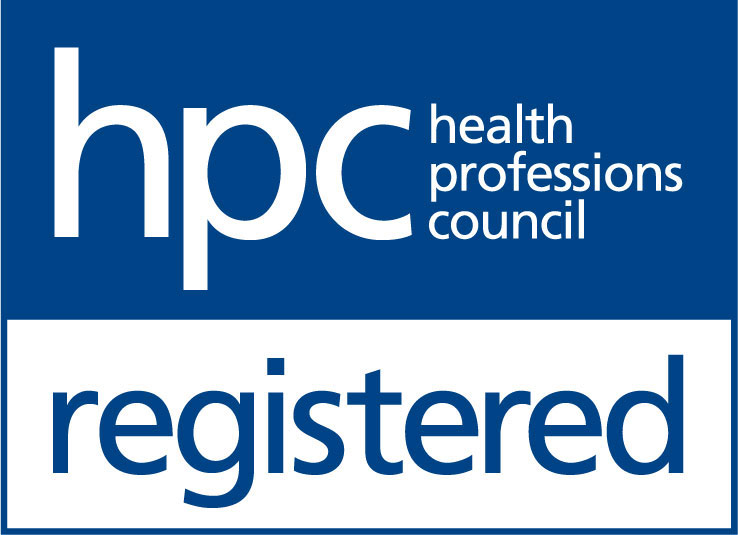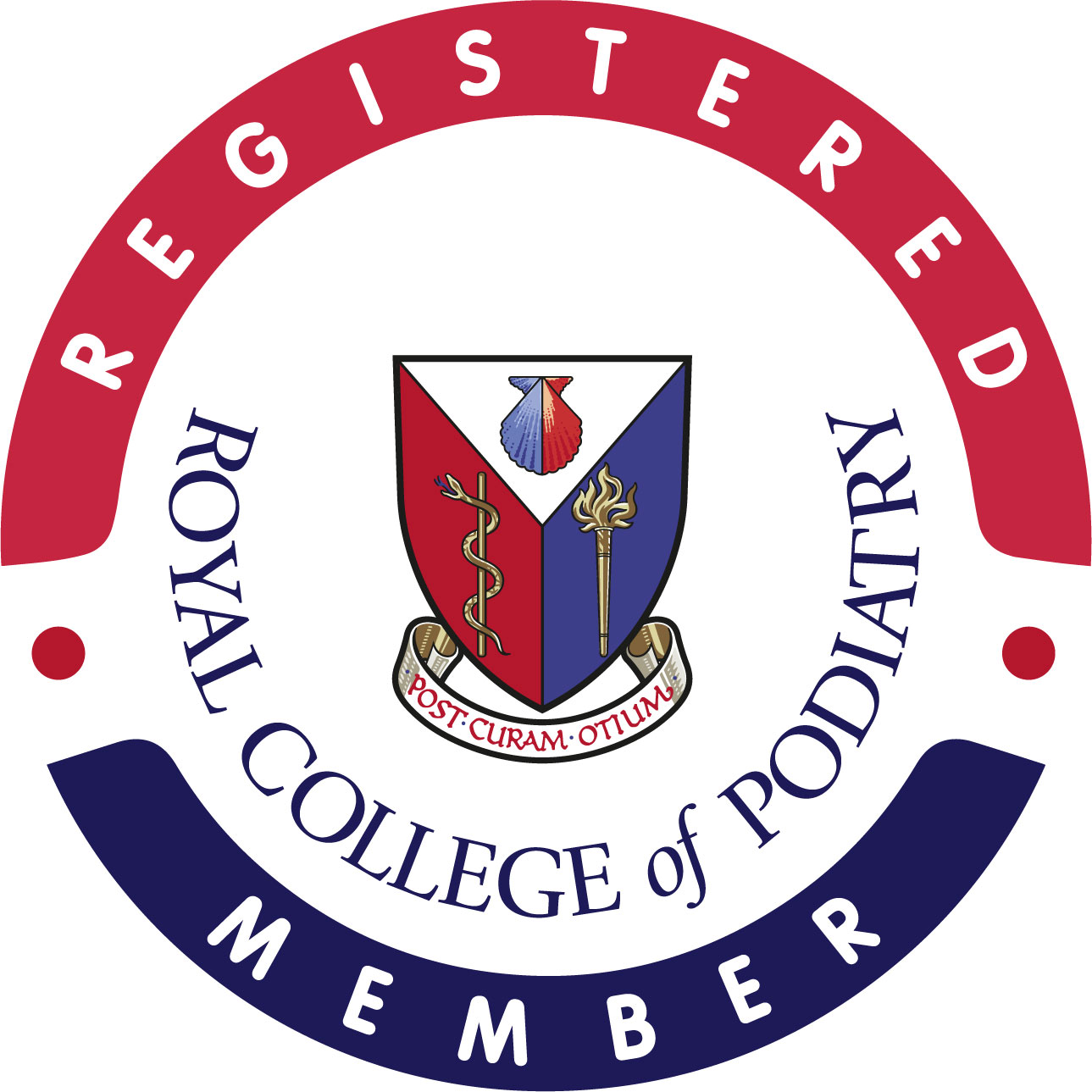Ingrown toenails can be a painful experience, and due to the recent Coronavirus COVID-19 lockdown, the number of children developing ingrown toenails increased dramatically. This was due to the lack of care available. We have seen a rapid increase of cases since reopening in May.
When a child suffers from an ingrown toenail, many parents might not understand the signs or symptoms, and may not know what to do. In most cases, specialist assistance is required to solve the issue. Below we summarise what you need to know about ingrown toenails.
What are Ingrown Toenails?
An ingrown toenail is a toenail that grows into the skin and the 1st toenail is the most common one to be affected. The affected toe can be swollen, red, hot, painful, and green discharge maybe visible.
Is It Possible to Treat Ingrown Toenails at Home?
Ingrown toenails can take a significant amount of time to heal but you can help by soaking the foot in warm saltwater baths twice a day. Should the area release pus, then an antibiotic cream might be required. Footwear also needs to be appropriate and tight narrow fitting shoes should be avoided.
When Should You See A Paediatric Podiatrist or Paediatric Chiropodist?
After attempting to solve the problem at home, if you find that nothing is helping then it is time to see a paediatric Podiatrist / paediatric Chiropodist. To help with the problem, the specialist may need to cut the corner of the nail or by remove more than just the corner of the nail. This will allow the area that has become irritated and painful to heal more effectively.
In most cases, this is something that will only need to be done once. The aim of this process is to stop the nail growing inwards and encourage it to grow straight. After this has been done, your child will need to wear loose-fitting footwear as this will help to alleviate any pressure on the toenail, allowing it to heal. If your child has to wear shoes, then you can place gauze over the infected area to help protect the ingrown toenail.
How can Ingrown Toenails be Prevented?
In most cases, it is completely possible to prevent this problem from occurring. One of the most common causes of ingrown toenails are shoes that are tight or are too narrow. This is potentially one of the reasons why there has been an increase during lockdown as parents have been unable to take their children to have their feet measured professionally and replace outgrown footwear. However, once the area has healed, it is important that the toenail is cut correctly. It is also important to make sure that you keep your toenail short, but if your child suffers regularly with ingrown toenails then they will need to see a Podiatrist / Chiropodist, who can help to manage the ongoing problem by offering routine appointments or nail surgery.
If you need a professional podiatrist to take a look at your childrens feet, you can easily book an appointment with us online. Or you can call us on 020 3327 0194








